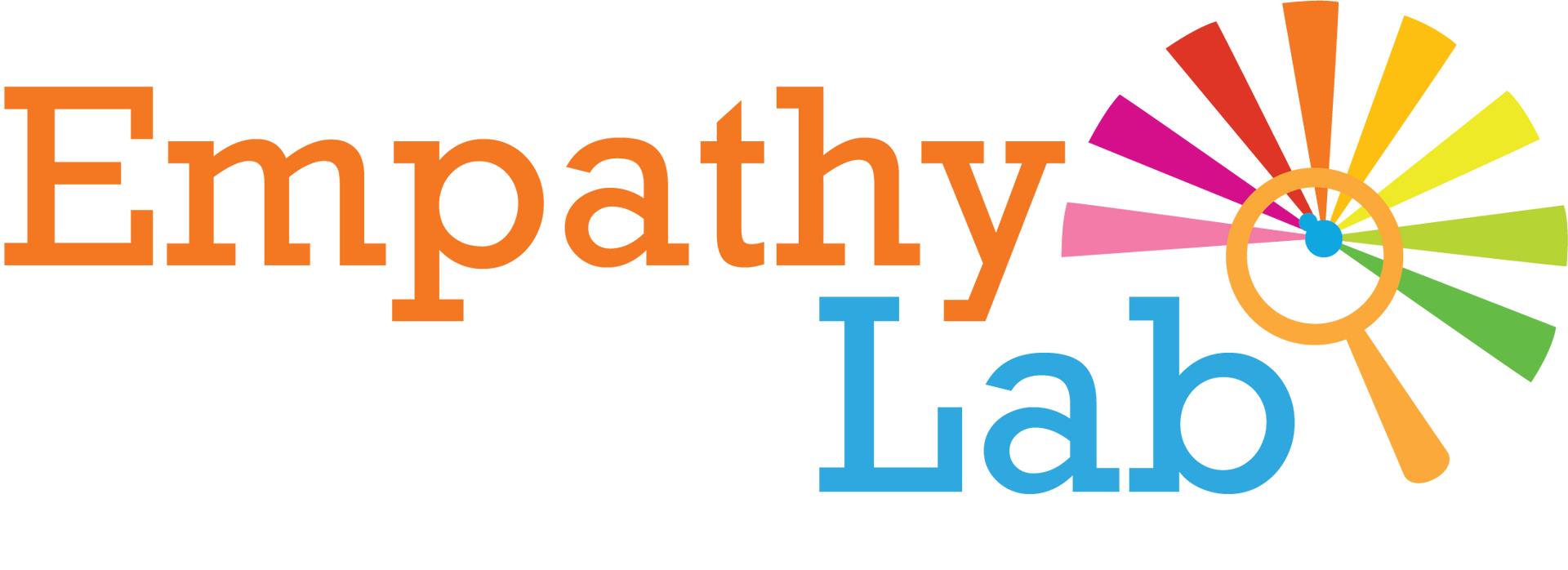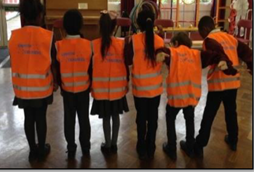Case Study:
Empathy Leaders at Beck and Kenilworth Primary Schools
The Pentrehafod cluster, Swansea (one secondary and seven primary schools) created a new structure for pupil-led work, looking at how an empathy focus could help their peers feel safer about the transition from KS2 to KS3 – something that had been identified by pupils as an issue. Year 6 representatives from each primary student council met with the secondary-school parliament (Years 7, 8 and 10) on a monthly basis from November to March.
Pupils shared what they had done as a result of the empathy assemblies, what was changing in their school and what was needed to create a more empathetic transition. To explore feelings about transition more deeply, they opted to use Steven Camden’s poem First Day, reading it in a meeting and discussing their reactions. The secondary students shared memories of their first day. Follow-up work to be carried out in each school was planned in order to help pupils feel more positive about transition.
The group decided to build an ‘Empathy Transition Charter’. This would be used by staff and pupils in each school to guide their approach to ensuring every child experienced an empathetic transition. The charter was produced and launched on Empathy Day, a month before pupils finished in Year 6.




